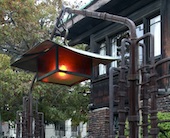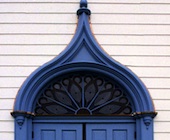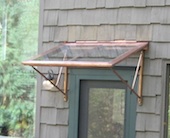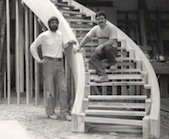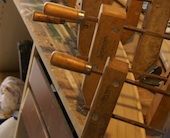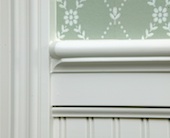This article is a follow-up to “The Misused & Confused Chair Rail“, which I wrote for TiC a couple of years ago. It generated a lot of positive and negative feedback, and hopefully it challenged your ideas of how to use a chair rail. That article also led to many questions about other trim elements. One question that continues to come up concerns how to build mantels. Read the full article…






